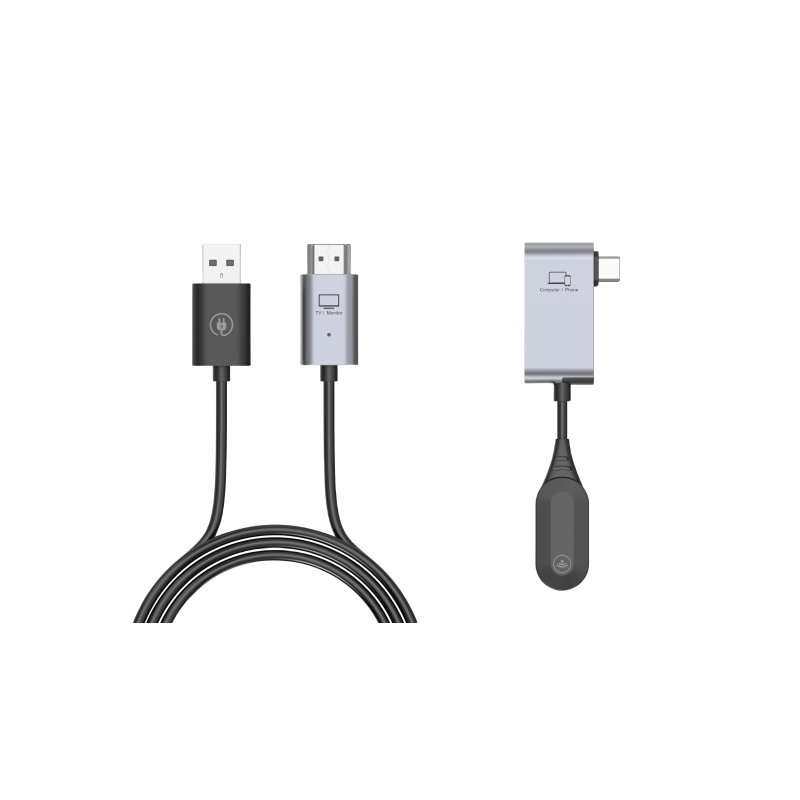Understanding the Versatile Device for Seamless Connectivity

As technology continues to evolve, so does the need for efficient and convenient ways to connect devices. In this context, the docking station has emerged as a key accessory for individuals seeking a streamlined and tailored experience when working with their electronic devices.
1. An Overview of Docking Stations
A docking station is a device that allows multiple peripherals, such as monitors, keyboards, mice, and various other accessories, to connect to a laptop or a mobile device. It serves as a bridge between the portable device and a fixed setup, enabling users to effortlessly switch between a desktop-like experience and a portable configuration.
Docking stations come in different forms and offer varying levels of connectivity. Some are designed specifically for laptops, while others cater to smartphones and tablets. These devices feature a range of ports, including USB, HDMI, Ethernet, and audio jacks, which provide additional functionality and enhance productivity.
2. Enhancing Productivity and Efficiency
Docking stations offer numerous benefits, primarily centered around productivity and convenience. By connecting a laptop or mobile device to a docking station, users can enjoy a larger screen area by using external monitors. This expanded workspace allows for multitasking, increased workflow, and improved content creation.
In addition to larger displays, docking stations enable the usage of full-sized keyboards and mice, offering a more comfortable and ergonomic work experience. With a dedicated charging port, a docking station can power up the connected devices, eliminating the need for separate chargers and cables.
Moreover, docking stations simplify the connection process by minimizing cable clutter and reducing the need for constant plugging and unplugging. This seamless connectivity allows individuals to transition smoothly between different work environments, such as home, office, or travel destinations.
3. Versatility and Compatibility
Docking stations are designed to be versatile, accommodating various device types and brands. They are compatible with laptops running Windows, macOS, or Linux operating systems. Furthermore, compatibility with different ports and connections, such as USB-C or Thunderbolt 3, ensures widespread usage across devices.
Some docking stations even offer additional features like card readers, external storage options, and audio capabilities, enabling users to make the most out of their devices. These expandable functions make docking stations a valuable investment for professionals, students, and anyone seeking a convenient and all-in-one docking solution.
Conclusion
In summary, a docking station is a vital accessory that bridges the gap between portability and convenience. It offers seamless connectivity, enhances productivity, and provides versatility across various devices. Whether you are a business professional, creative artist, or a student, incorporating a docking station into your setup can greatly optimize your workflow and streamline your digital experience.



